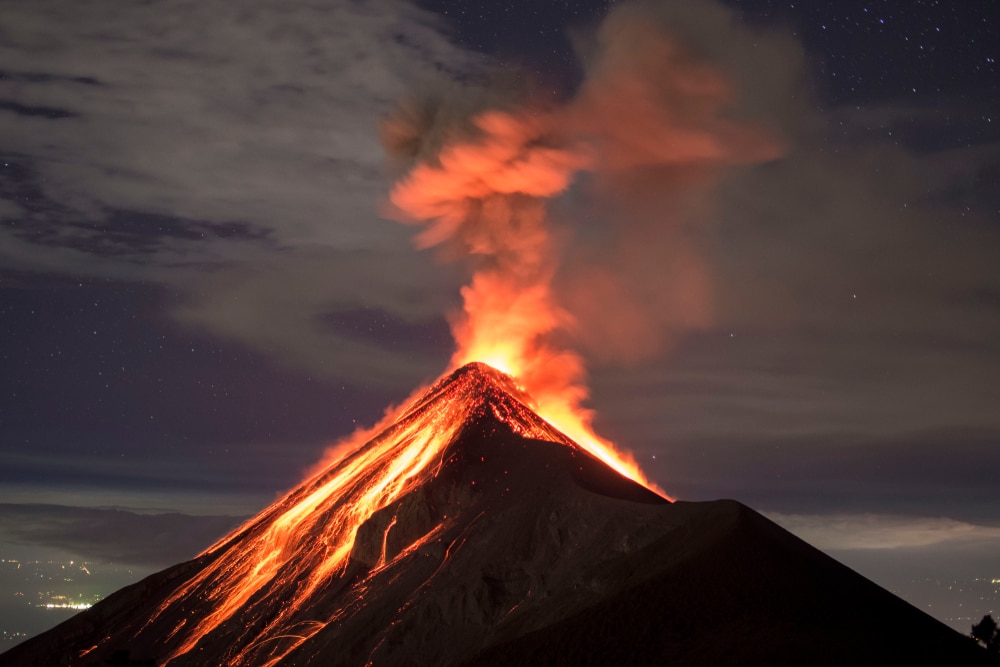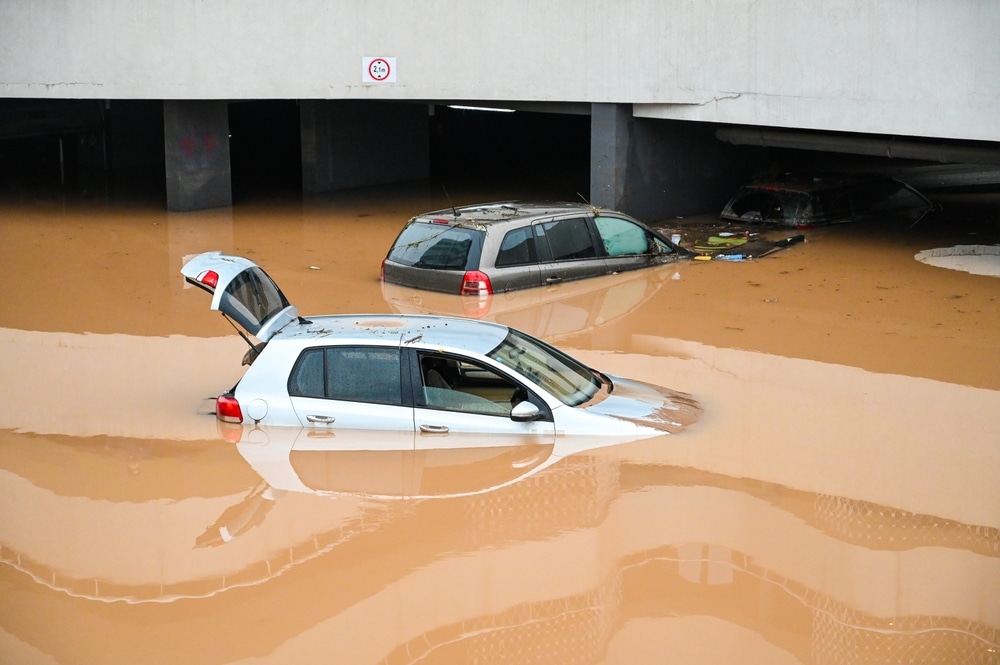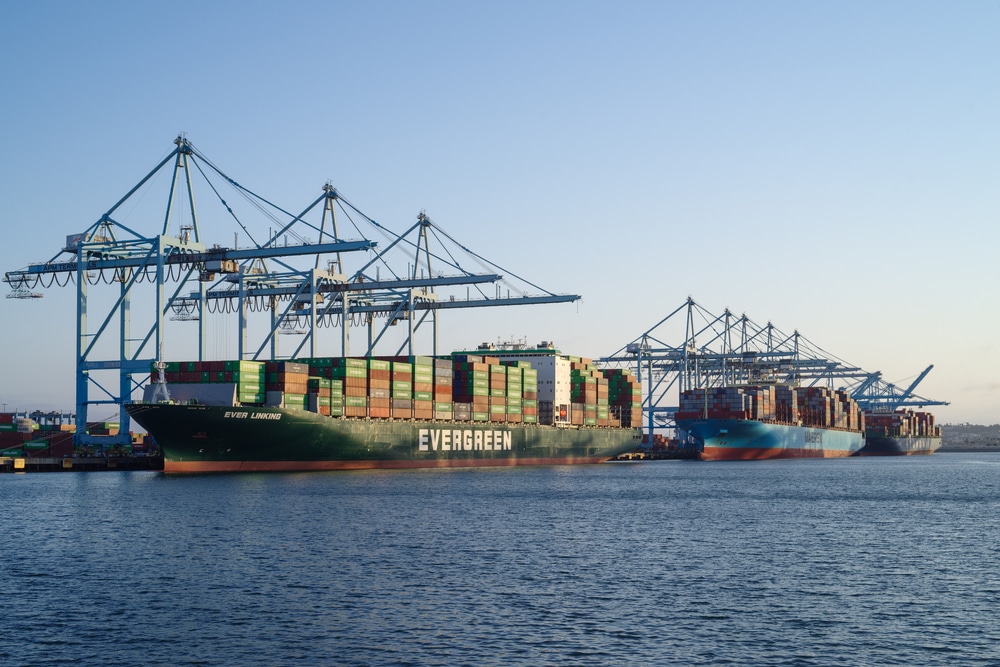The San Andreas fault line, one of the longest and most heavily populated earthquake-prone rifts in the US, is even more volatile than previously thought. A new study in Nature Geoscience has found the fault line, which runs along the West Coast of the US, isn’t just two tectonic plates grinding against each other side-by-side.
It can also move up and down by more than half an inch a year. This may not sound serious, but that’s huge in geological terms. It’s another means by which the fault could trigger powerful earthquakes. What’s more, that motion is spread out over a piece of the fault 124 miles long – the same piece that can cause quakes in Los Angeles and San Diego. READ MORE
Advertisement


















